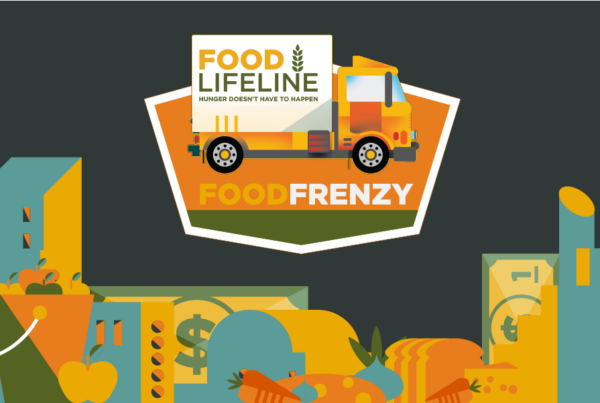In a three part blog series, we examine Western Washington’s hunger safety net, which is made up of food banks and meal programs throughout the state as well as government funded programs like SNAP, school meals, WIC, and programs for seniors. With Food Lifeline’s Missing Meals report, we are able to get a comprehensive look at how the safety net meets the needs of hungry Washingtonians, while also taking into account how much work is still left to do.
Although the overall number of meals provided by the safety net did not change dramatically between 2012 and 2014, with a closer look we see that the places those meals come from changed, affecting the meal gap in real ways. Significant changes to the economy and policy over the past four years can be seen especially in the number of meals from the Supplemental Nutrition Assistance Program (SNAP, formerly food stamps) and food banks and meal programs.
During the last Farm Bill reauthorization, big cuts were made to the Supplemental Nutrition Assistance Program (SNAP, formerly food stamps) and an additional reduction in benefit levels with the end of a boost from the American Recovery and Reinvestment Act (ARRA) in 2009 meant a decrease of 47 million meals from 2012-2014. The number of people enrolled in the program? It barely changed.






